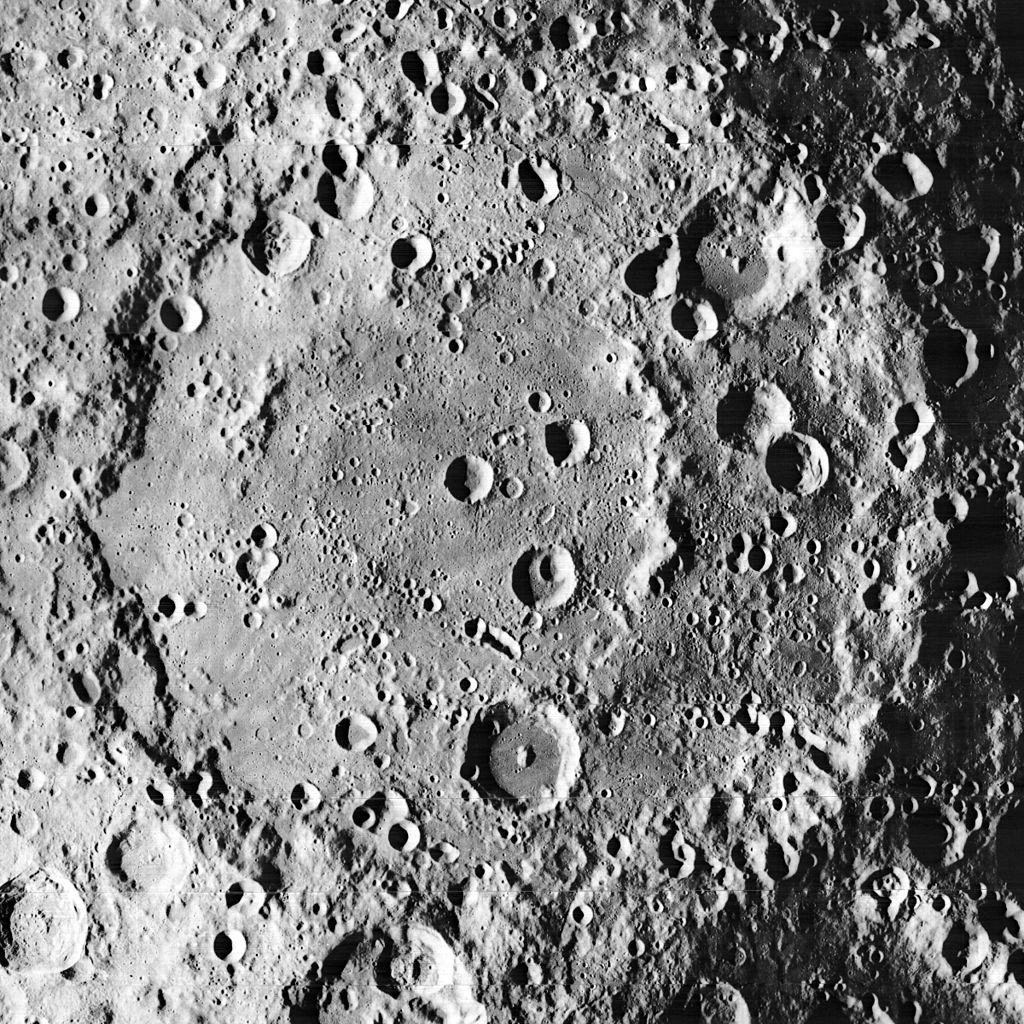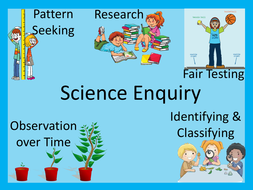Year 2 have become scientists this week. As a class, we discussed the different types of a scientific enquiry; observation over time; pattern seeking; identifying, classifying and grouping; comparative and fair testing (controlled investigations); and researching using secondary sources.
Over our next few lessons, we will be following the children’s curiosity and the class will be taught to use the following practical scientific
methods, processes and skills:
- asking simple questions and recognising that they can be answered in different ways
- observing closely, using simple equipment
- performing simple tests
- identifying and classifying
- using their observations and ideas to suggest answers to questions
- gathering and recording data to help in answering questions.
Encouraging questions
To get our curiosity juices flowing, the children chose from a selection of pictures that provided a stimulus. This focus prompted the children to begin to ask questions. The class were encouraged to develop more ‘scientific’ questions that could then be turned into an enquiry. We created our very own ‘I wonder’ wall.



Having generated a lot of questions, we then discussed whether we thought the questions could be answered through scientific enquiry.
What could we do?
How could we find out?
I wonder what we will need?
Even though not all of the children’s questions lend themselves to being investigated, there are other ways of finding answers. Any remaining questions, that can’t be answered, we can use the internet or books to research solutions. After all, this is a valid form of scientific enquiry in its own right and demonstrates that all questions are valued.
